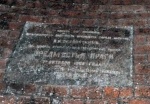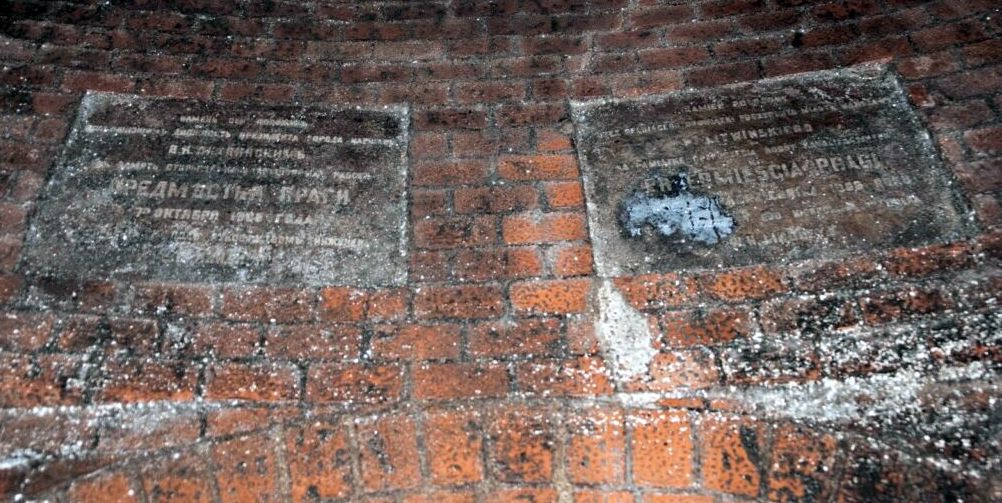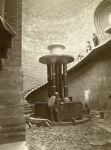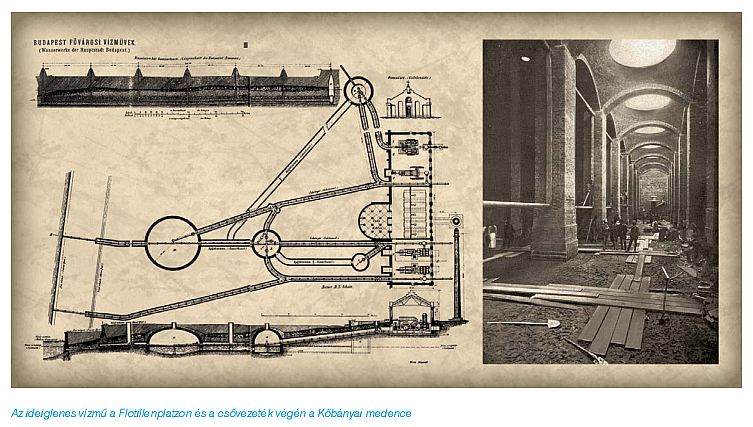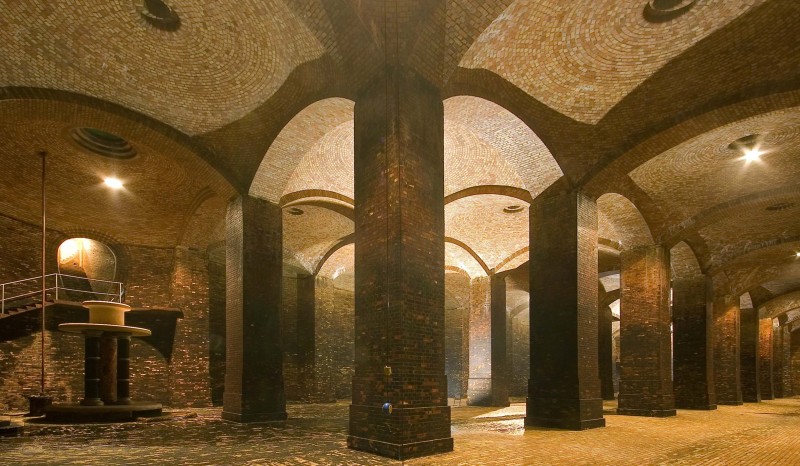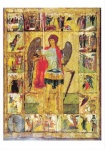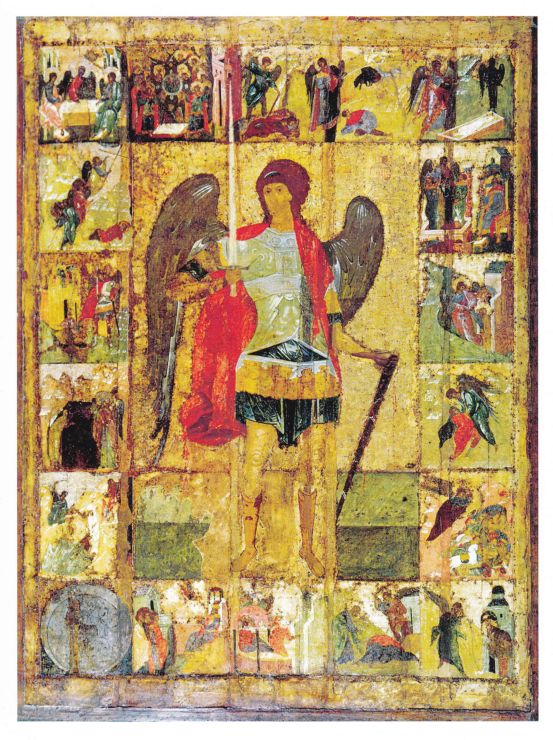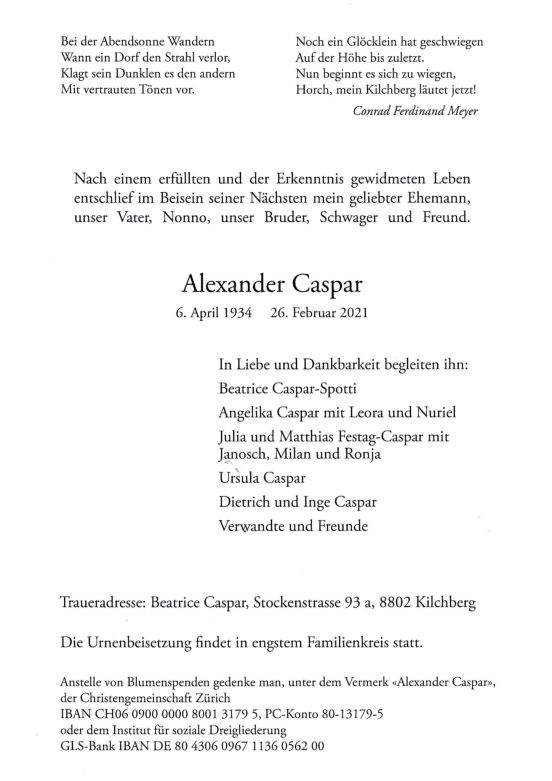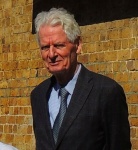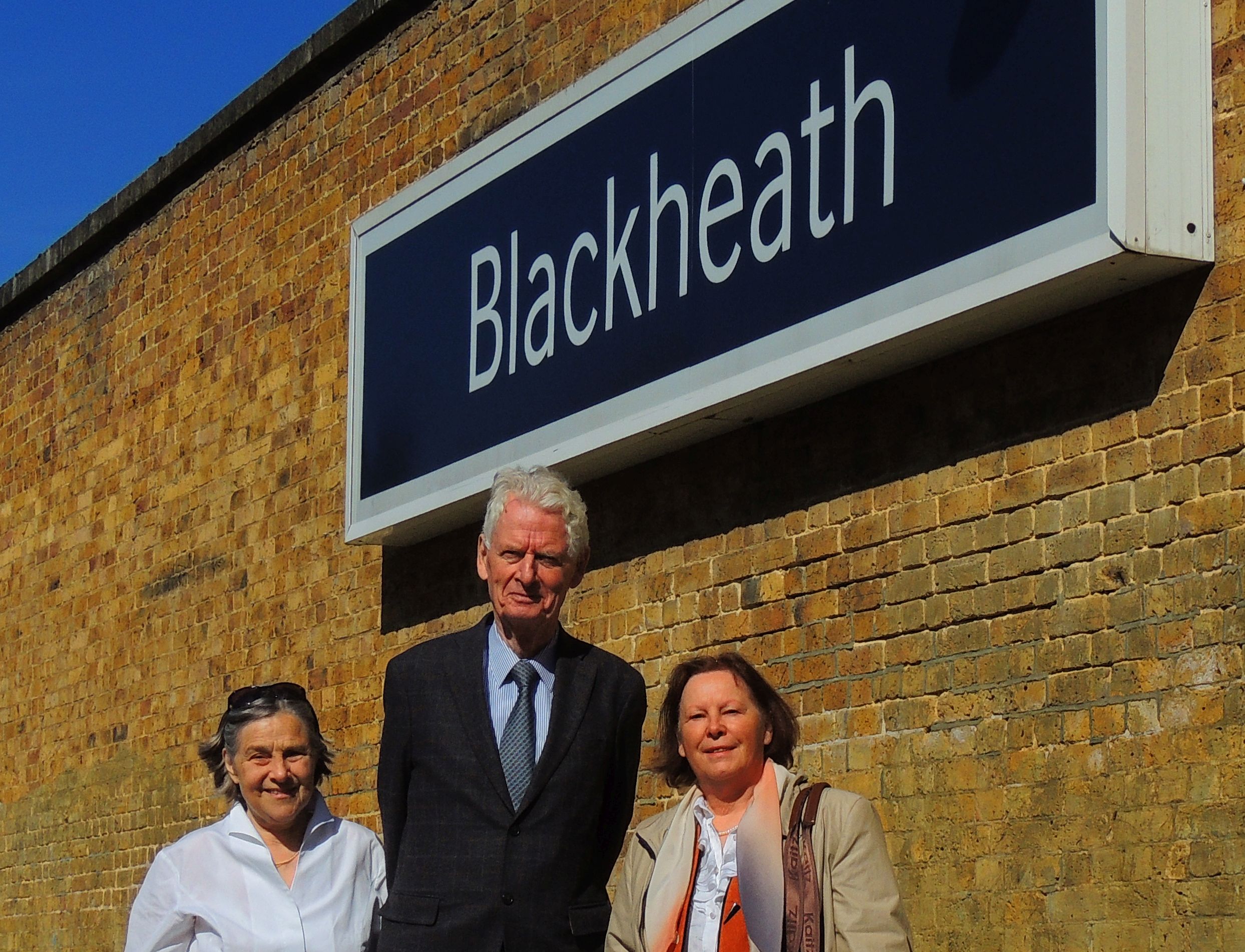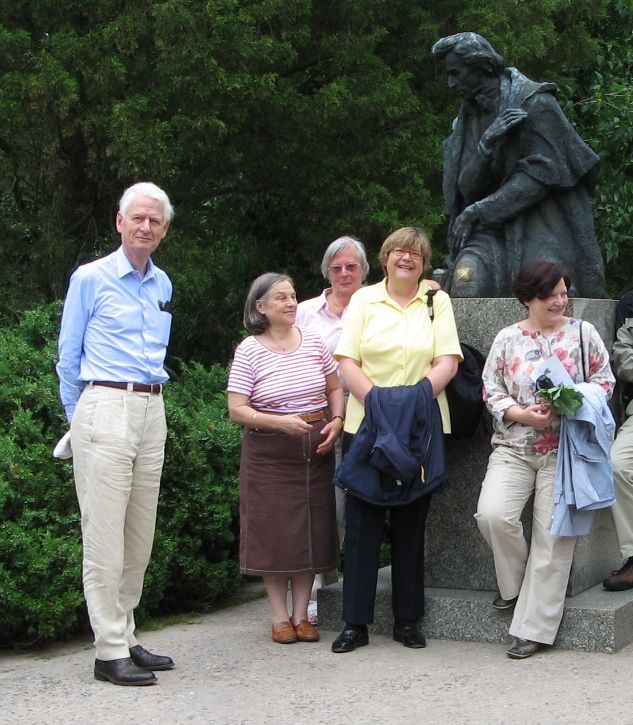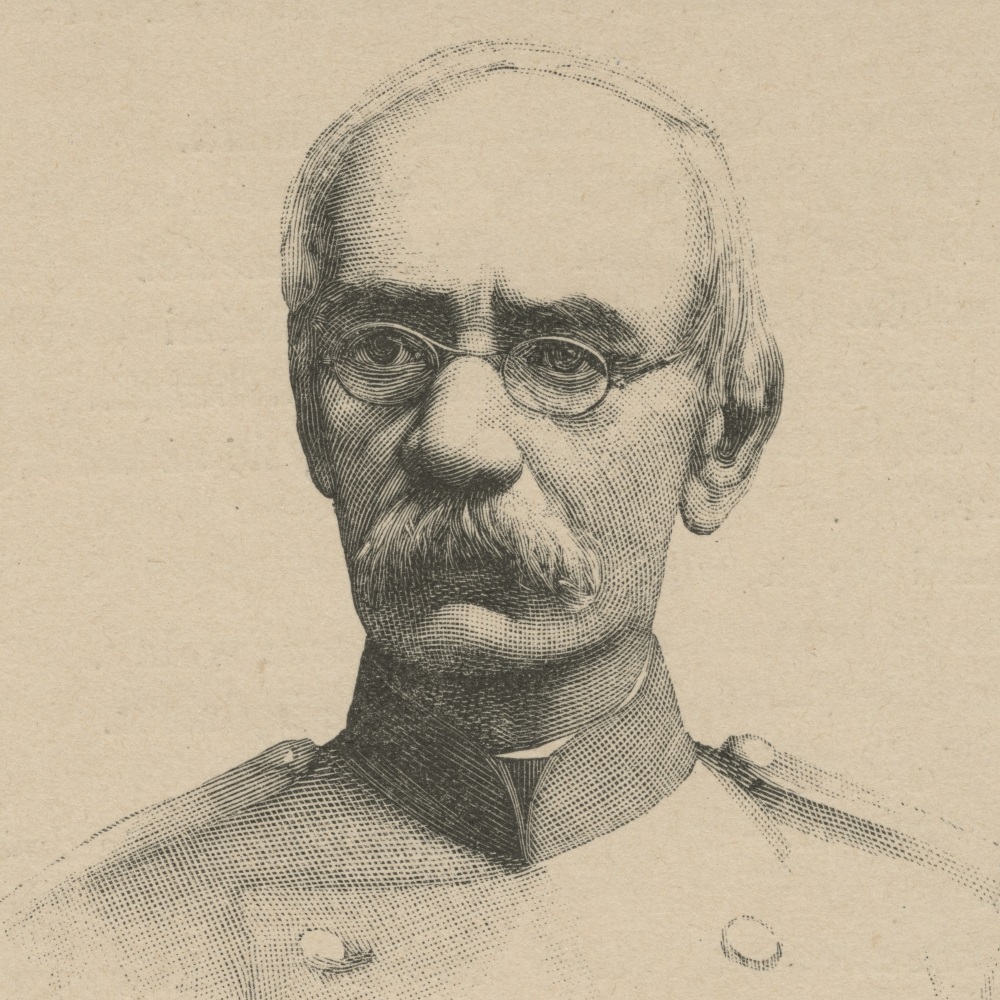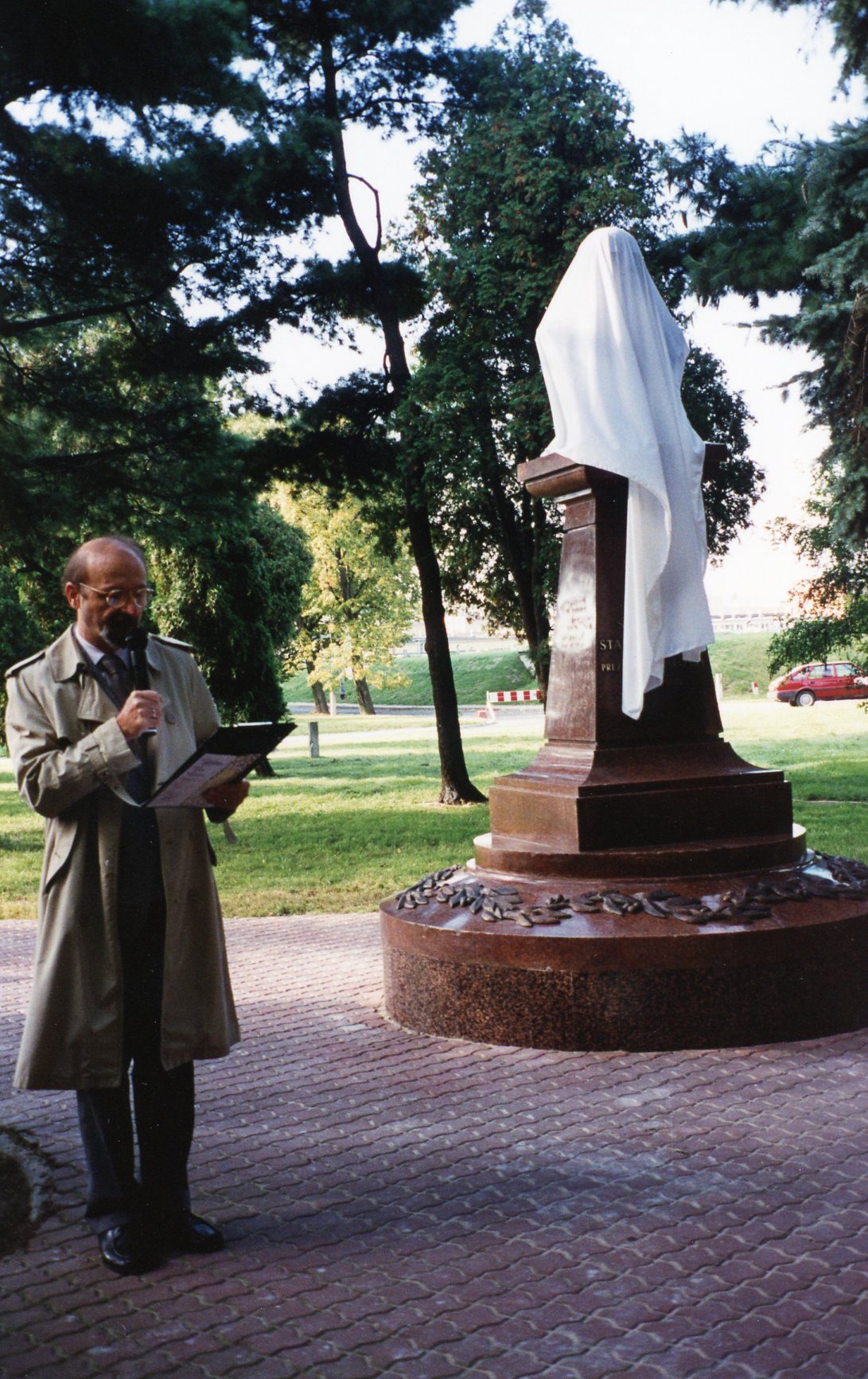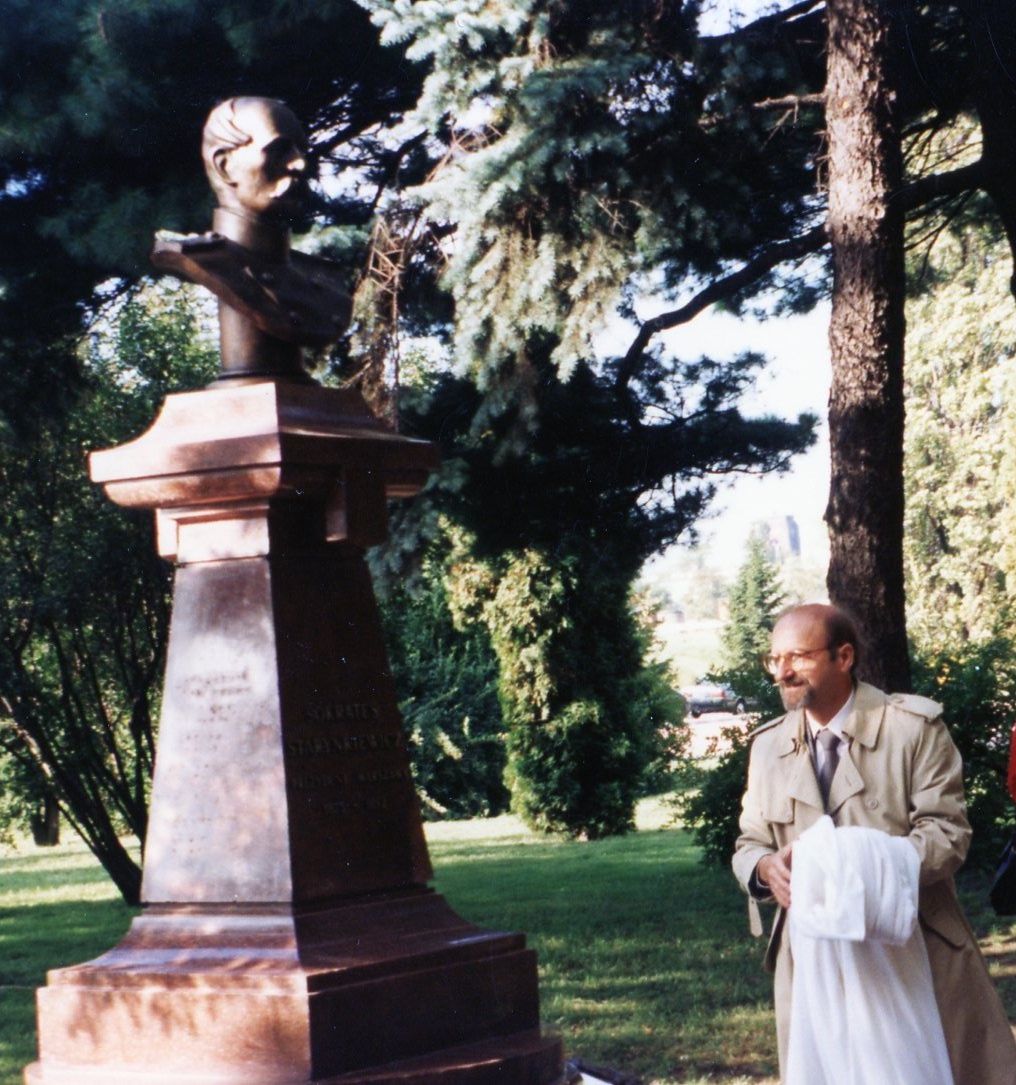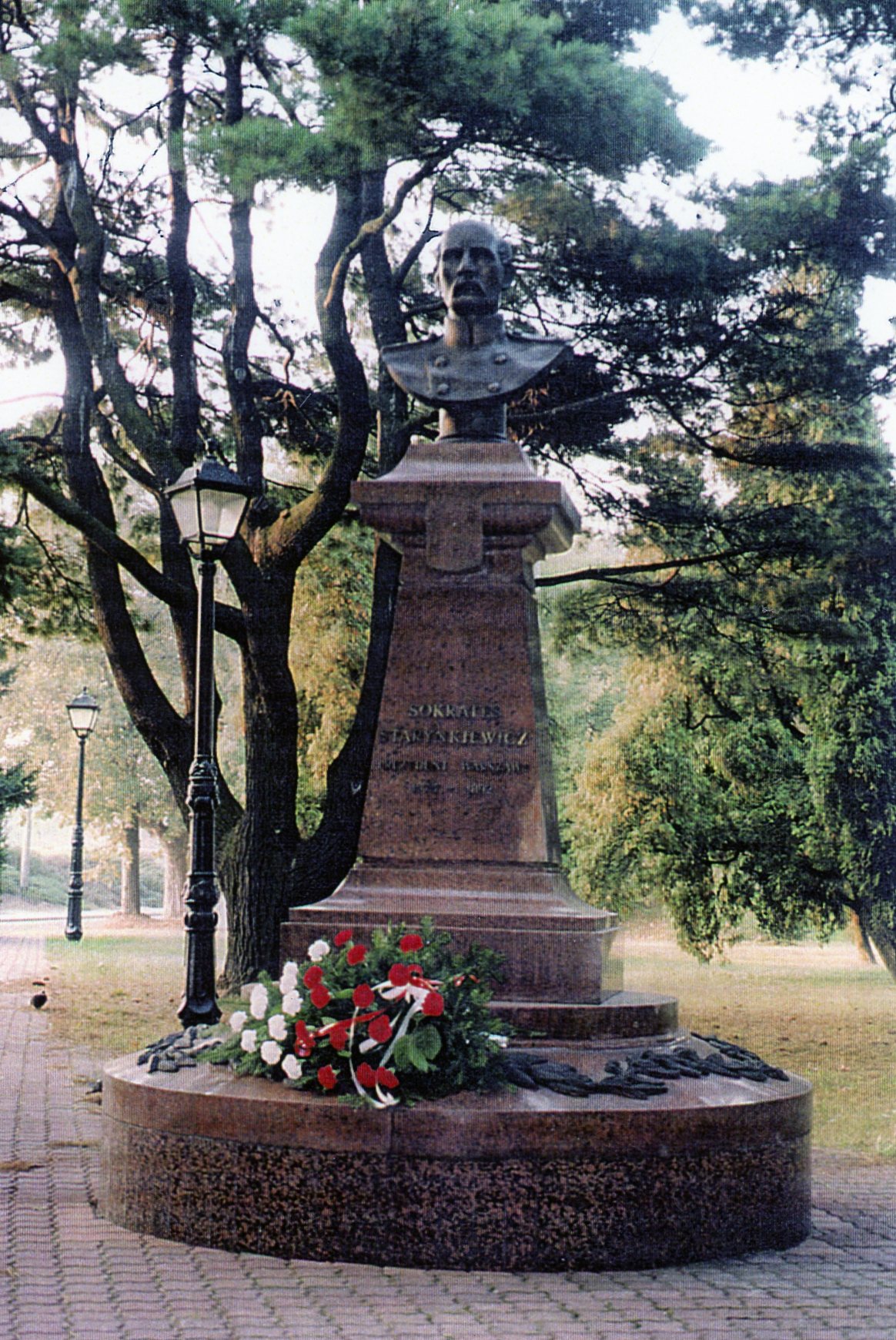Aktualności
Powszechna Wystawa Krajowa we Lwowie w 1894 r.
Powszechna Wystawa Krajowa we Lwowie130 lat temu, 5 czerwca 1894 roku we Lwowie odbyła się Powszechna Wystawa Krajowa, w ramach której po raz pierwszy udostępniono zwiedzającym „Panoramę Racławicką”. Zorganizowana w setną rocznicę insurekcji kościuszkowskiej wystawa była największym przedsięwzięciem gospodarczym i kulturalnym okresu rozbiorowego. Ekspozycja była nie tylko przeglądem dorobku gospodarczego Galicji, ale przede wszystkim ponadzaborową prezentacją narodowej kultury i sztuki, „[…] wielką manifestacją jedności i żywotności narodu polskiego”. Wystawę przygotowywano dwa lata. Na obszarze około 46 hektarów – w obrębie Wzgórza Stryjskiego – wzniesiono 129 rozmaitych budowli, wśród których były m.in.: pałac sztuki, sala koncertowa, stadion, hala maszyn, stajnie, cieplarnie, restauracje, kawiarnie.
Zob.
Beata Stragierowicz, „Powszechna Wystawa Krajowa 1894 roku – wielkie dni Lwowa,
Galicji i Polski”,
https://mnwr.pl/intrygujace-powszechna-wystawa-krajowa-1894-roku-wielkie-dni-lwowa-galicji-i-polski/
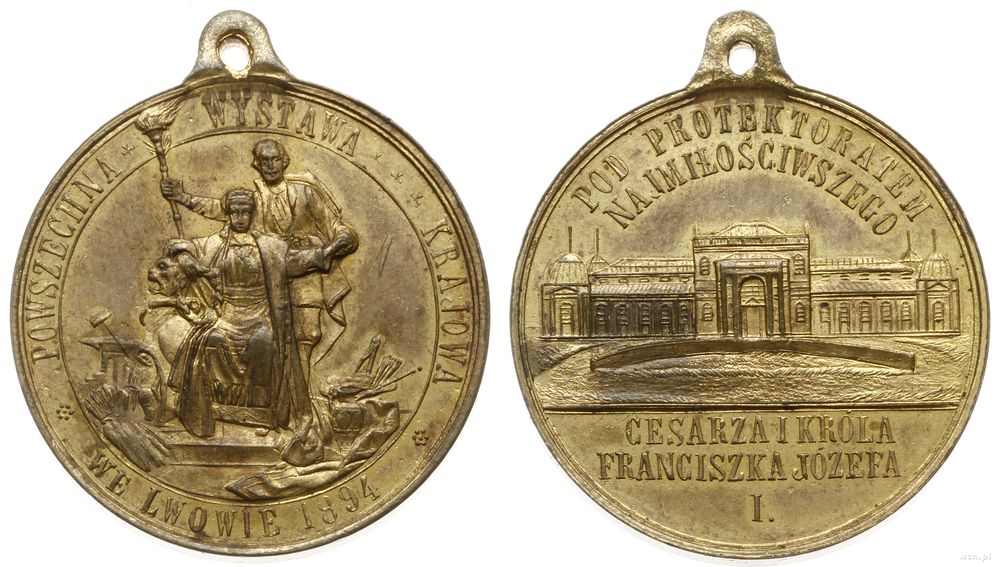
Medalion pamiątkowy awers i rewers
Na wystawę tę William Heerlein Lindley przygotowali się jak przystało na tak znanych inżynierów. Specjalnie otwarty na tę okazję pawilon mieścił wystawę planów i modeli, obok niego zaś znalazł się „Wzór budowli przedstawiający kanał spławny z przyrządem przepłukującym i przyporami”. Opracował także publikację w języku polskim przystępnie popularyzującą pięćdziesiąt lat doświadczenia w zakresie projektowania i realizacji przez nich miejskich robót kanalizacyjnych i wodociągowych. Katalog wystawowy zawierał 138 pozycji, z których numery od 42 do 93 dotyczyły Warszawy. Za najważniejsze dla swoich dokonań Lindleyowie uznawali prace nad wodociągami i kanalizacją w Hamburgu, Frankfurcie nad Menem, w Warszawie, w Elberfeld, Mannheim oraz w Hanau. Katalog zawierał też czterojęzyczne objaśnienie „do typowej budowy kanału spławnego”, wykonanych w Hamburgu w 1842 roku, we Frankfurcie w 1865 roku i Warszawie w 1882 roku.

Fragment opisu eksponatu
Zob. R. Żelichowski, Lindleyowie. Dzieje inżynierskiego rodu, Societas Lindleiana, Warszawa 219, t. II, s. 231
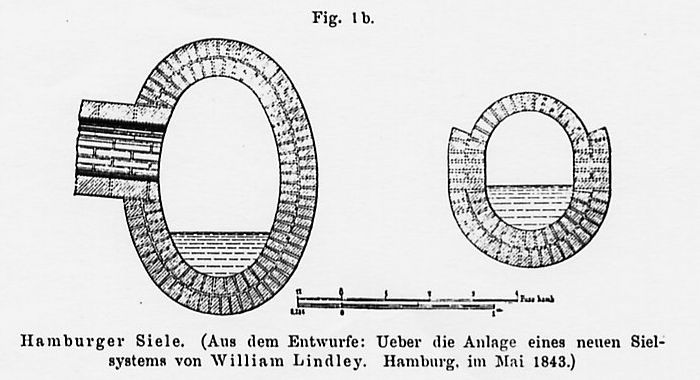
Kanały Lindleya, wzór 1843
1 kwietnia 2022 r.– wizyta lemura i Asi w Stacji Filtrów
Wreszcie zniesione zostały w naszym kraju liczne rygory związane z epidemią Covid-19, ale w Ukrainie trwa krwawa wojna wywołana agresją przywódców Rosji. Nie możemy jeszcze w pełni wrócić do dawnego stylu życia, ale możemy oddać się wspomnieniom. Asia podróżuje ze swoim pluszowym przyjacielem po Polsce i zwiedziła z nim, dosyć gruntownie, Stację Filtrów w Warszawie, co opisała w swoim na lemurowym blogu.
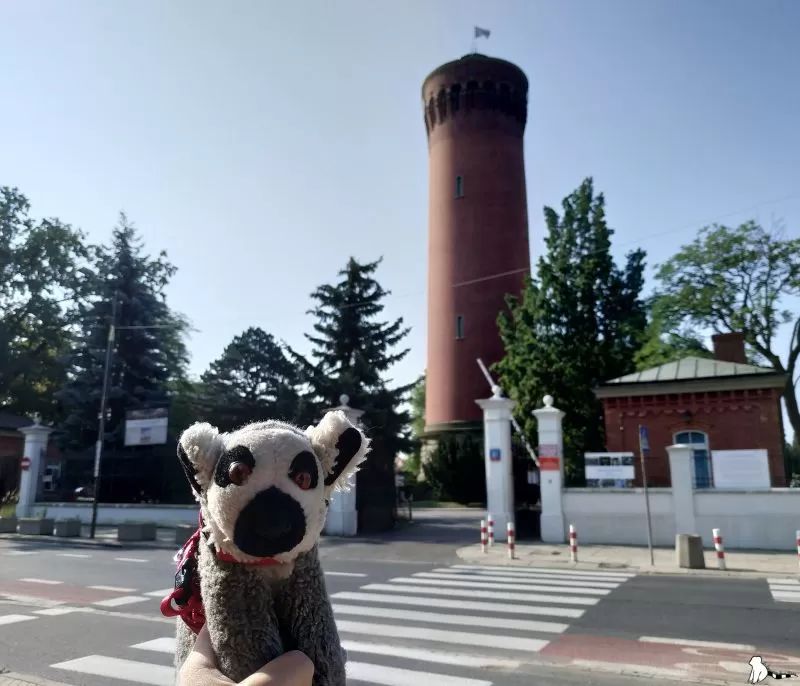
Asia przedstawia się tak:
Mam na imię Asia i witam Cię na lemurowym blogu – jedynym blogu poświęconym tylko i wyłącznie podróżom po Polsce. Znajdziesz tu tajemnicze miejsca, niesamowite tradycje i regionalne zwyczaje. Wyrusz razem ze mną w podróż, która zaczyna się tuż za drzwiami! Zapraszam!
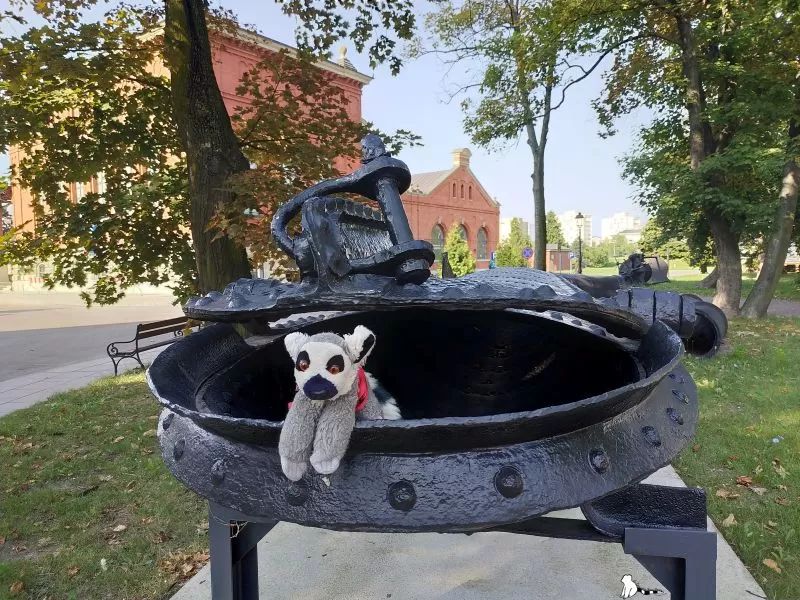
Zapraszamy na wycieczkę z tą sympatyczną parą podróżników.
https://lemurpodroznik.pl/zespol-stacji-filtrow-warszawskich-czyli-skad-sie-bierze-woda-w-kranie/









